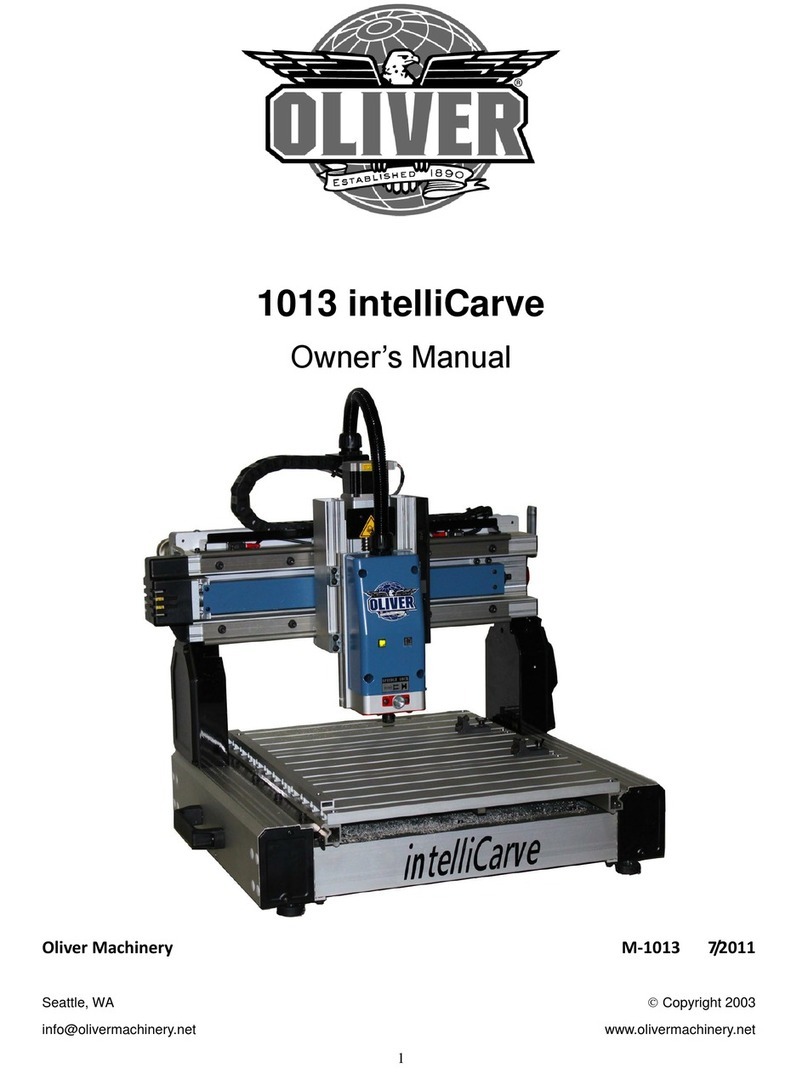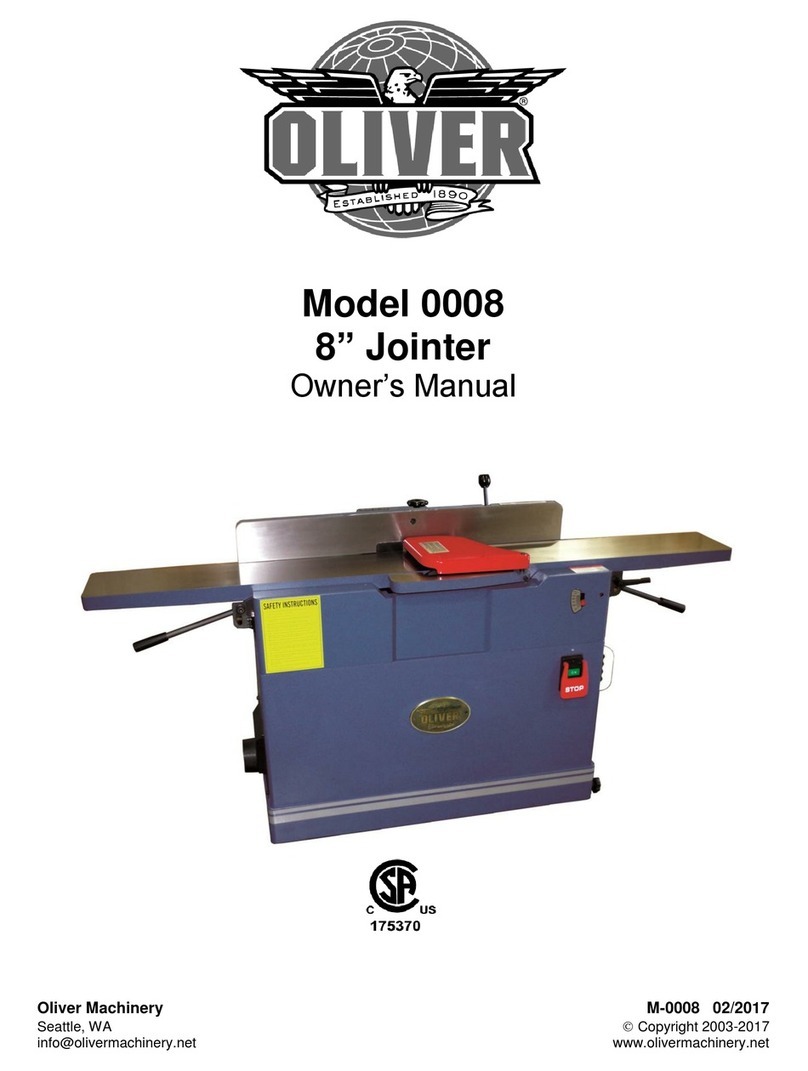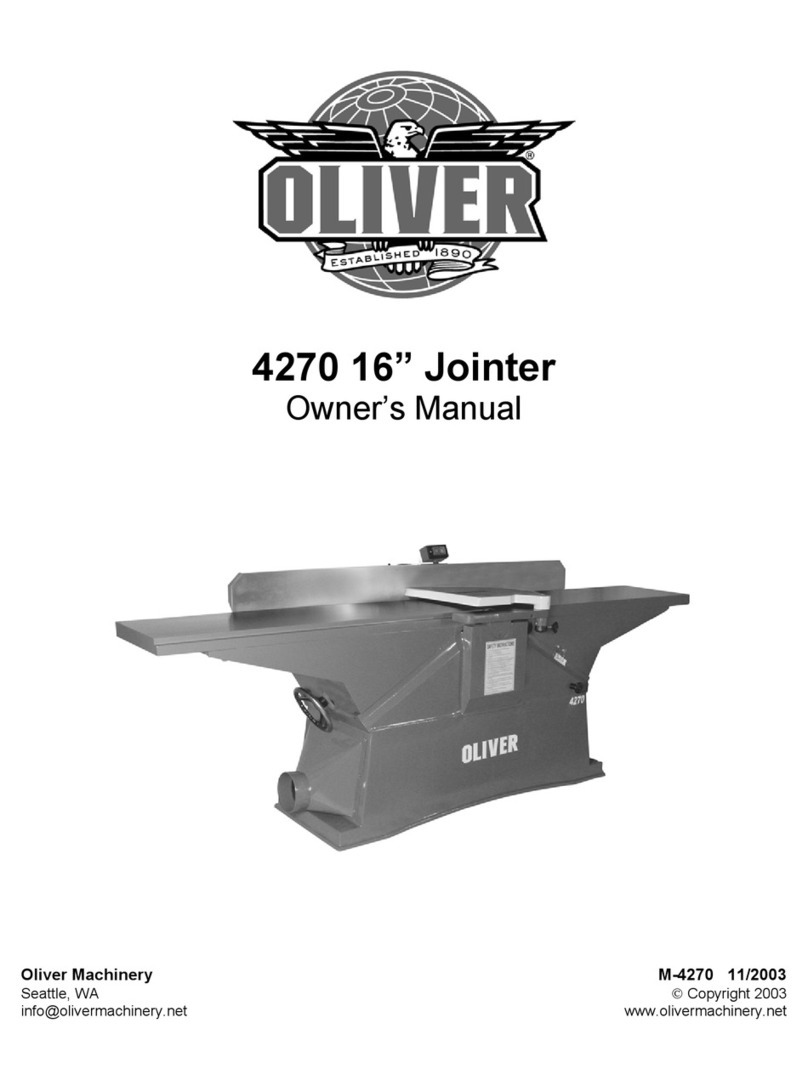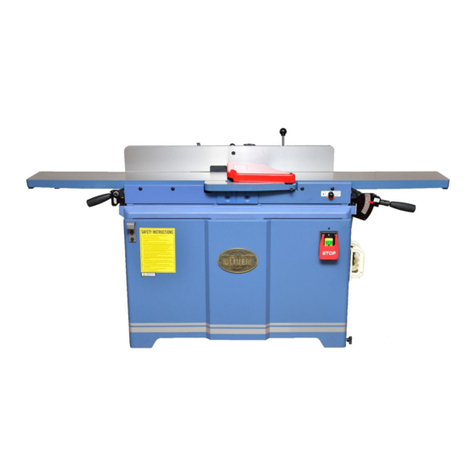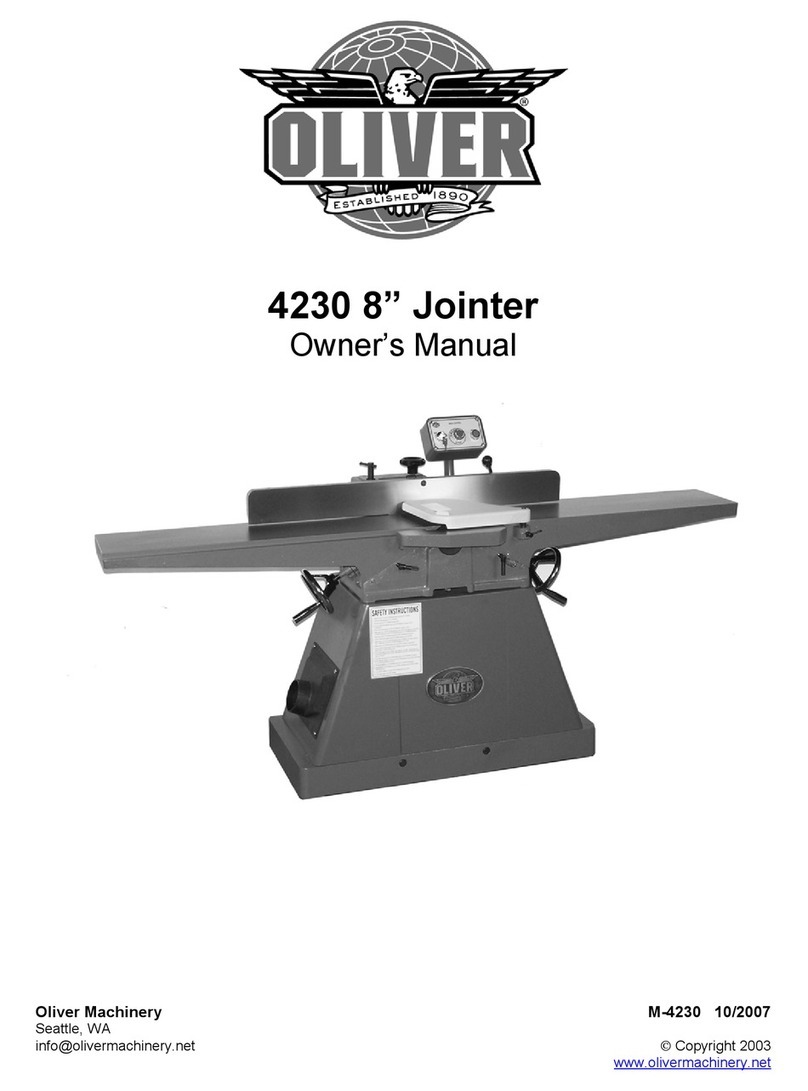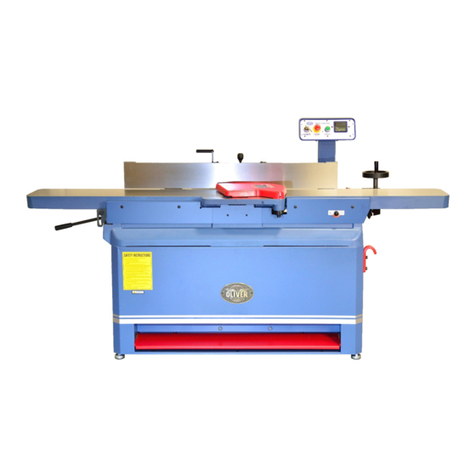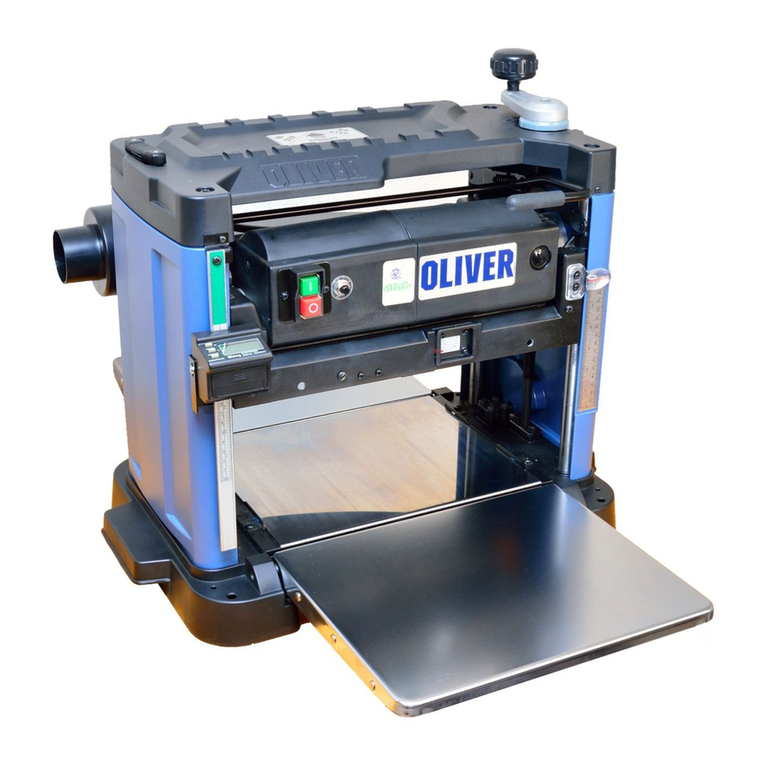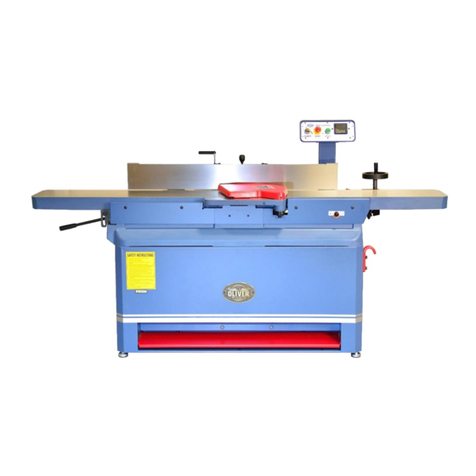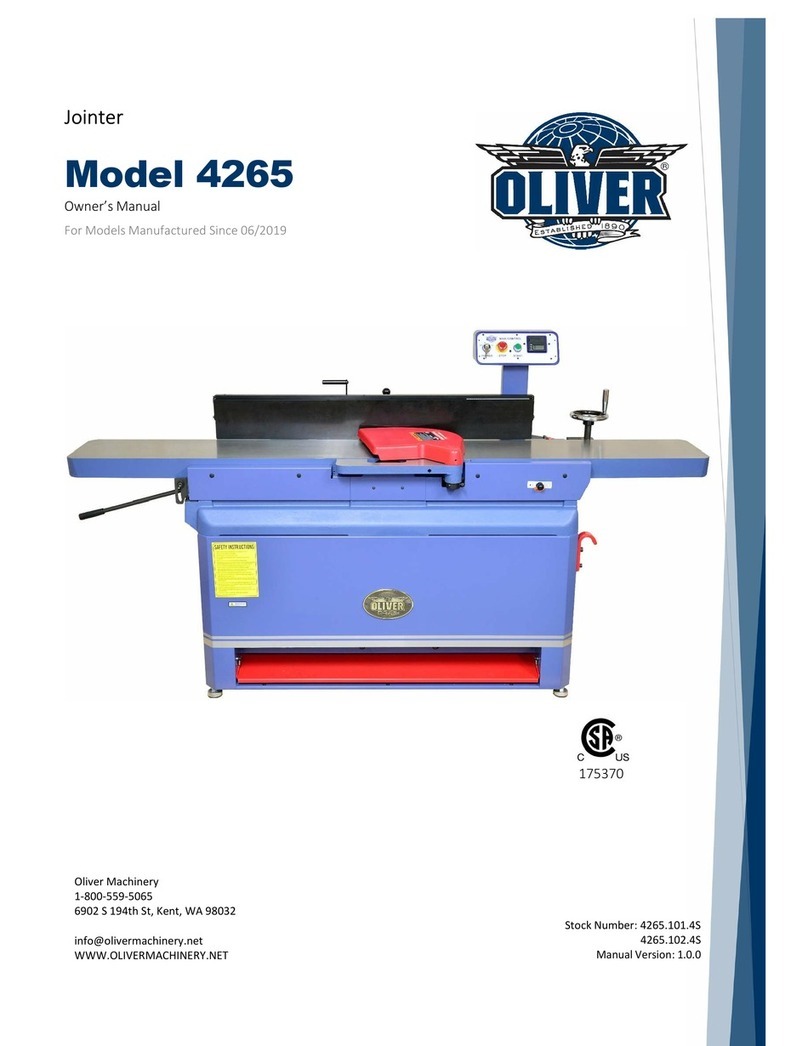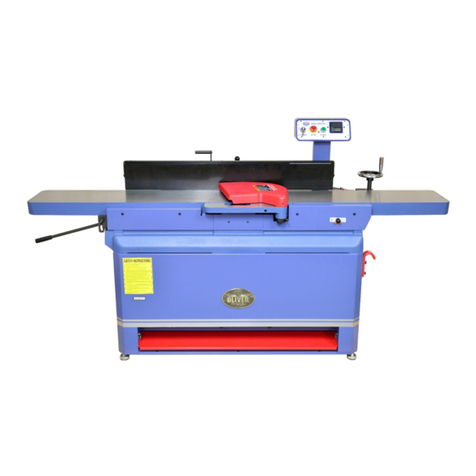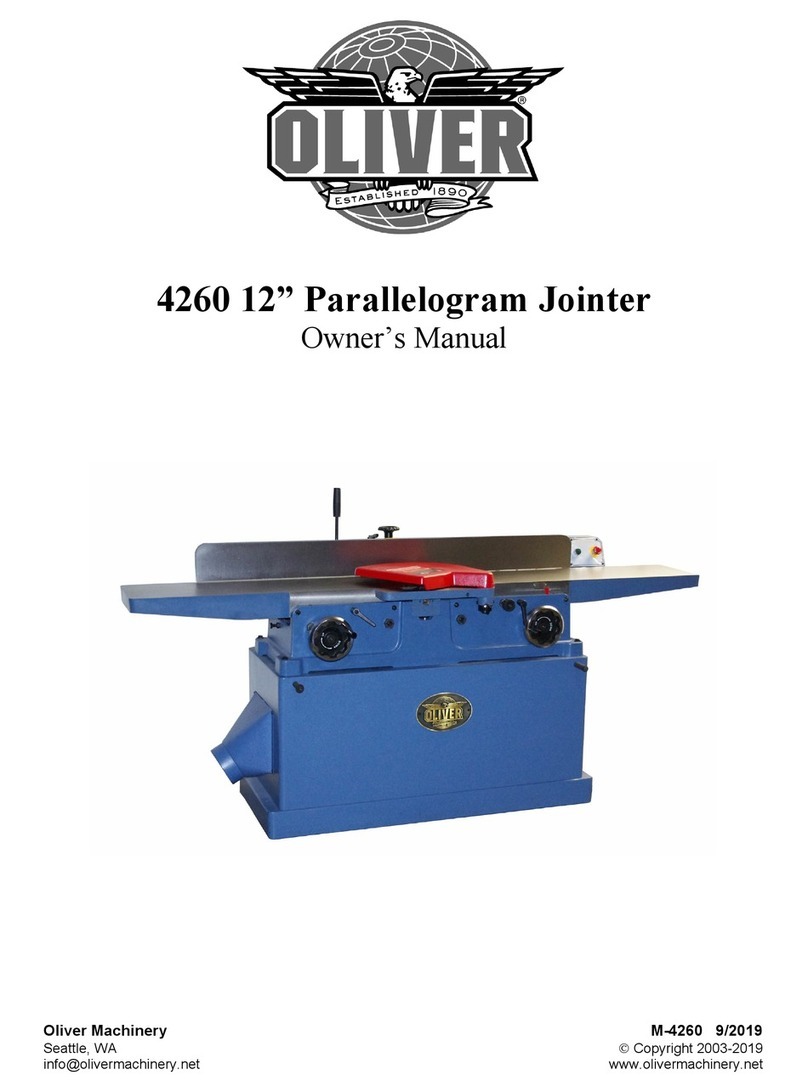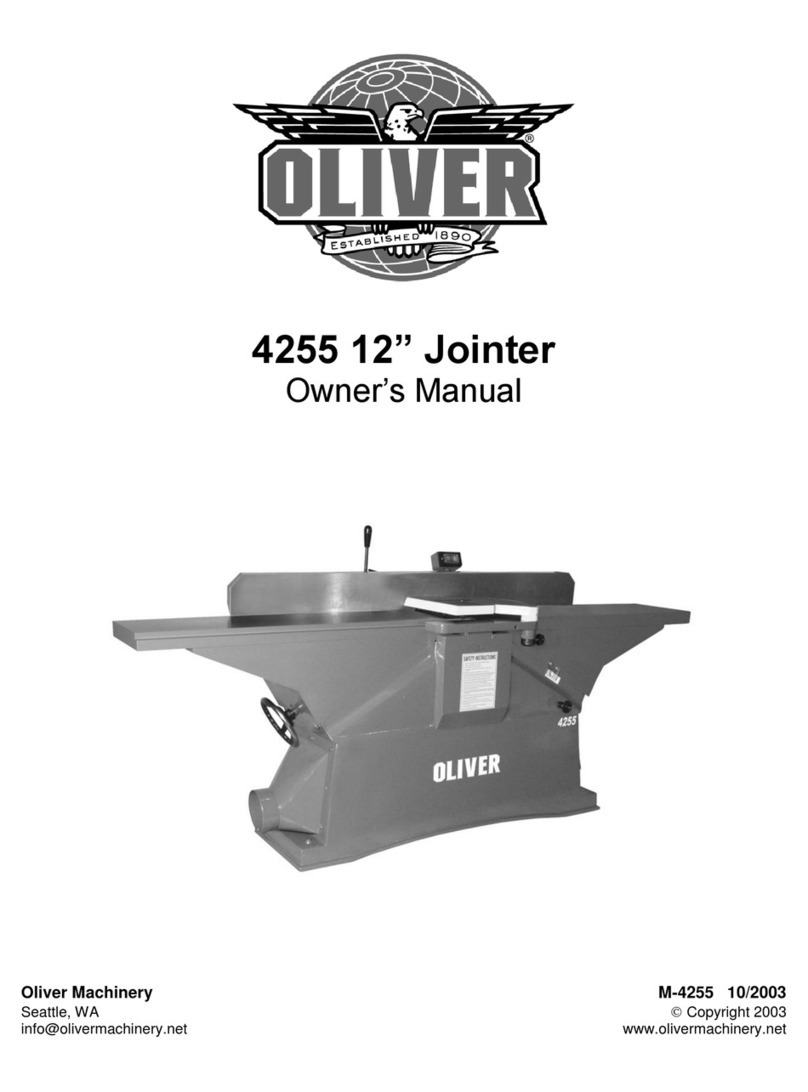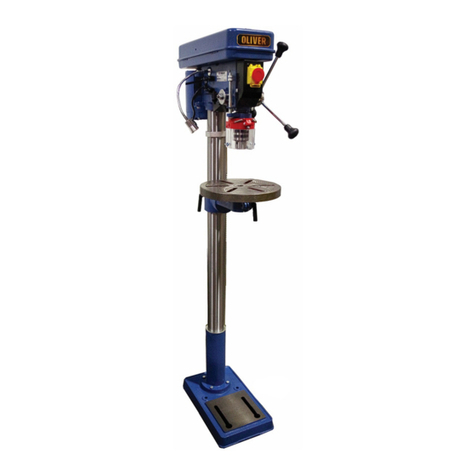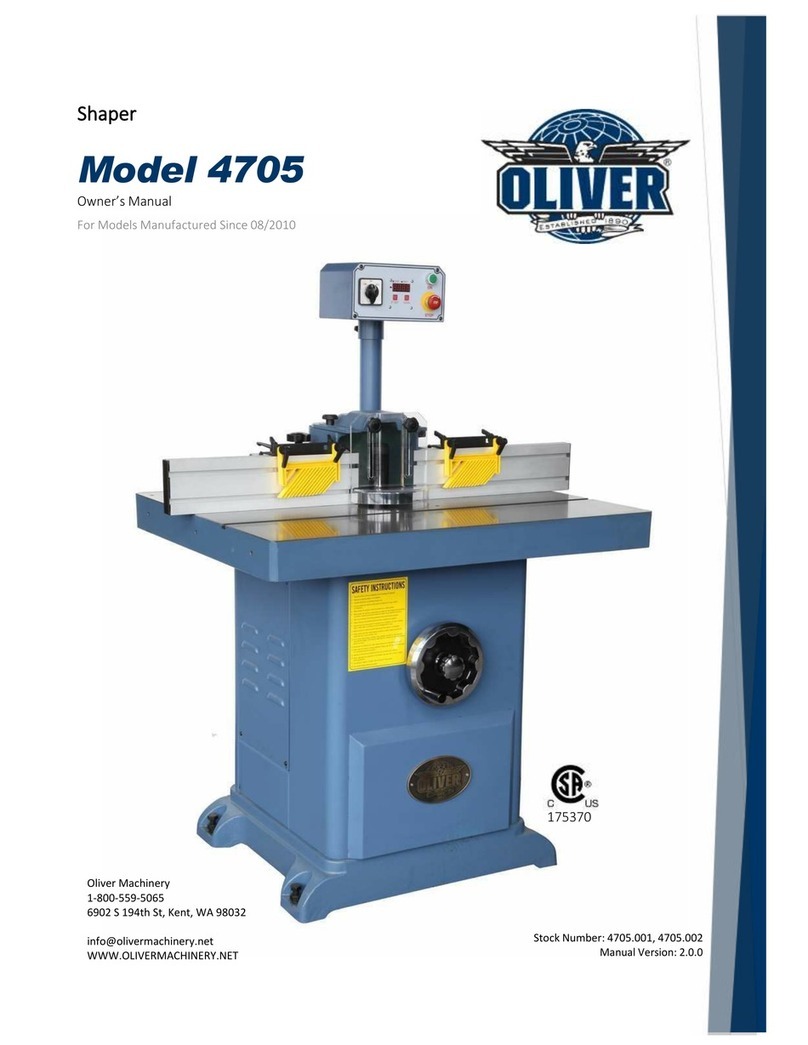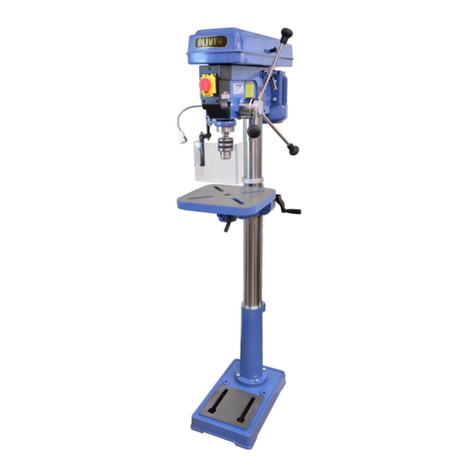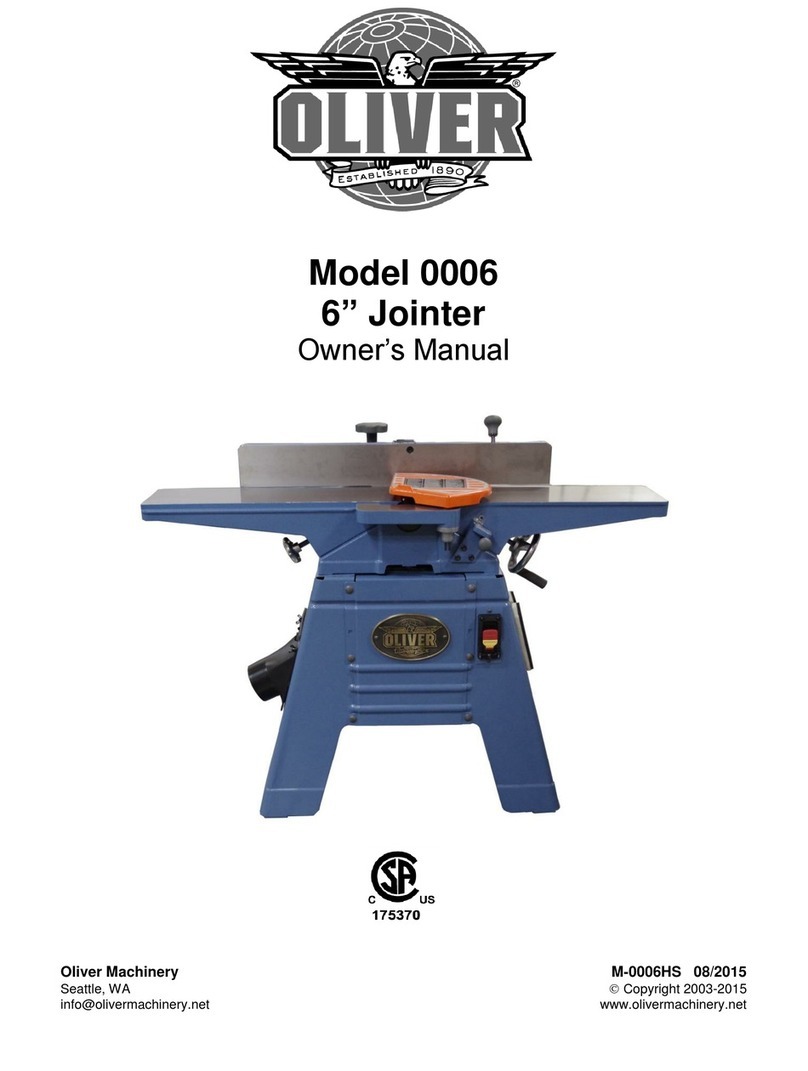
Table of Contents Page Number
Warranty ........................................................................................................................................................ 2
Warnings .................................................................................................................................................... 3-4
Table of Contents .......................................................................................................................................... 5
Specifications ................................................................................................................................................ 5
Uncrating the Machine .................................................................................................................................. 6
Contents ........................................................................................................................................................ 6
Machine Preparation and Setup ................................................................................................................... 6
Dust Collection .............................................................................................................................................. 7
Electrical Connections ................................................................................................................................... 7
Control Switch ............................................................................................................................................... 7
Fence ............................................................................................................................................................ 8
Installation of the Fence ................................................................................................................................ 8
Fence Legend ............................................................................................................................................... 8
Adjustment of the 90 Degree Stop ................................................................................................................ 8
Fence Operation ........................................................................................................................................... 8
Knives ........................................................................................................................................................... 9
Knife Removal ............................................................................................................................................... 9
Knife Setting ................................................................................................................................................ 10
Adjusting the Outfeed Table........................................................................................................................ 10
Spiral Head Option .................................................................................................................................... 11
Helical Head Option .................................................................................................................................. 12
Operation ................................................................................................................................................... 13
Hand Safety and Placement ....................................................................................................................... 13
Jointing ........................................................................................................................................................ 13
Direction of the grain ................................................................................................................................... 13
Edging ......................................................................................................................................................... 13
Facing .......................................................................................................................................................... 14
Beveling....................................................................................................................................................... 14
Rabbeting .................................................................................................................................................... 14
Adjusting the Infeed Table Height ............................................................................................................... 15
Maintenance .............................................................................................................................................. 16
V-Belts ......................................................................................................................................................... 16
Lubrication ................................................................................................................................................... 16
Knives .......................................................................................................................................................... 16
Table Leveling ............................................................................................................................................. 16
Troubleshooting ........................................................................................................................................ 17
Specifications
Model No. ................................................................................................................................................ 4240
Stock No (3HP, 1PH, 220 Volt) ........................................................................................................ 4240.001
Stock No.(5HP, 3PH, 220/440 Volt, pre-wired 220 Volt) ................................................................. 4240.004
Stock No.(3HP, 1PH, 220 volt, spiral head) .................................................................................... 4240.101
Stock No (5HP, 3PH, 220/440 volt, pre-wired 220 Volt, spiral head) .............................................. 4240.104
Infeed Table Travel (in.) ............................................................................................................................. 5/8
Cutterhead speed (RPM) ........................................................................................................................ 5000
Number of Knives (Straight) .......................................................................................................................... 4
Number of Knives (Spiral) ............................................................................................................................. 3
Rabbeting Capacity (in.) ............................................................................................................................. 5/8
Dust Port Diameter (in.) ................................................................................................................................ 6
Table Dimensions (L x W/in.) .............................................................................................................. 84 x 11
Table Height (In.) .................................................................................................................................. 30-1/2
Fence Dimensions (L x H/in.) .......................................................................................................... 52 x 4-7/8
Fence Tilts (deg.) ................................................................................................................................. 90 - 45
Positive Stops (deg.) ....................................................................................................................... 90 and 45
Shipping Dimension (L x W x H/in.) ............................................................................................ 91 x 31 x 38
Overall Dimensions ..................................................................................................................... 84 x 30 x 37
Gross Weight (lbs.) ................................................................................................................................... 900
CFM ............................................................................................................ 885CFM at 4500FPM air velocity


